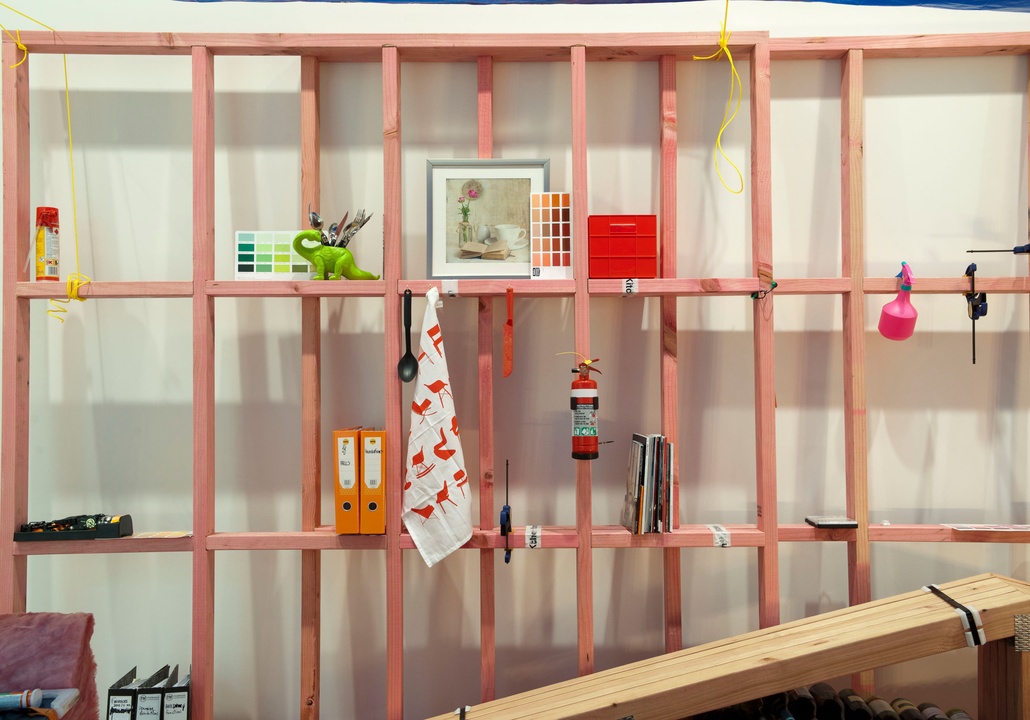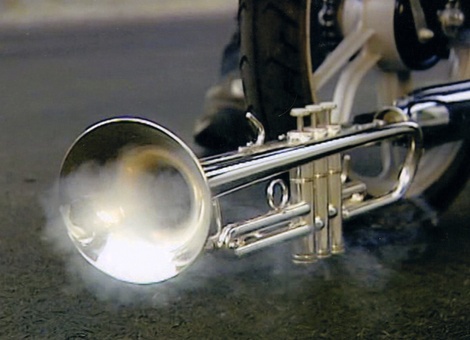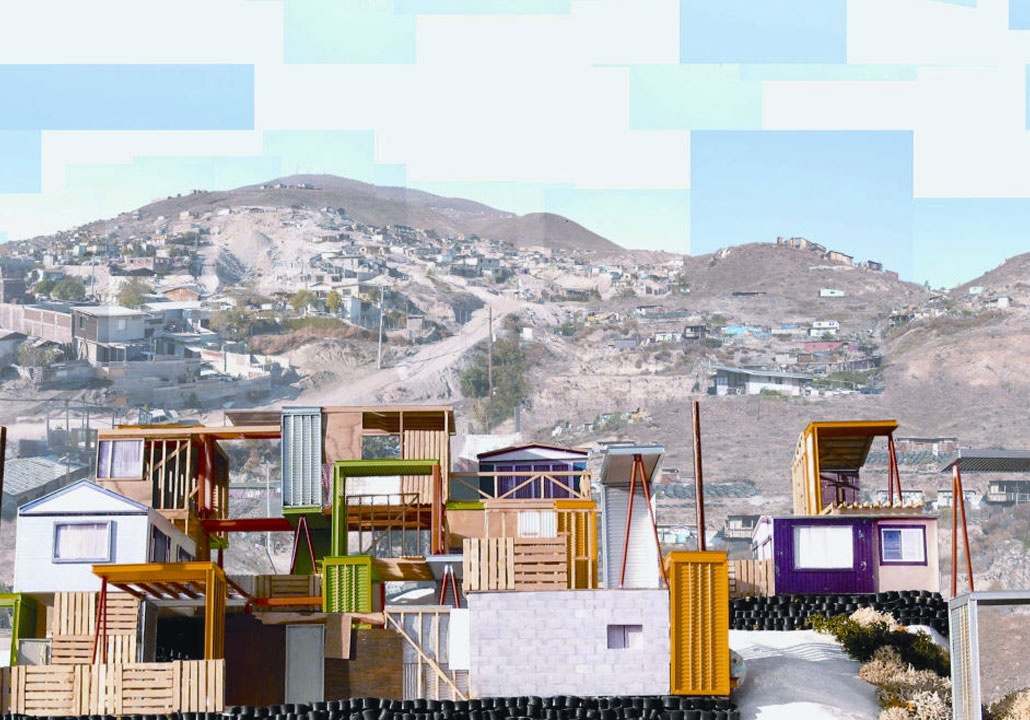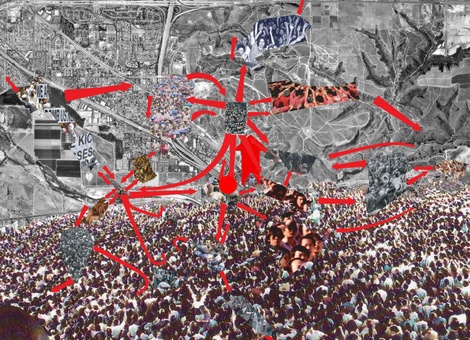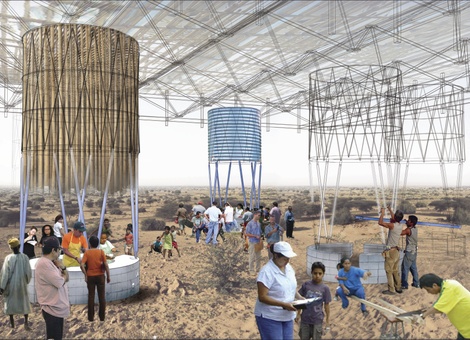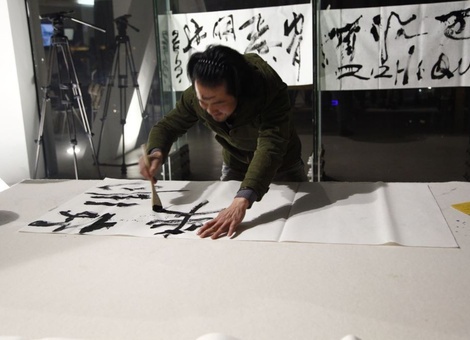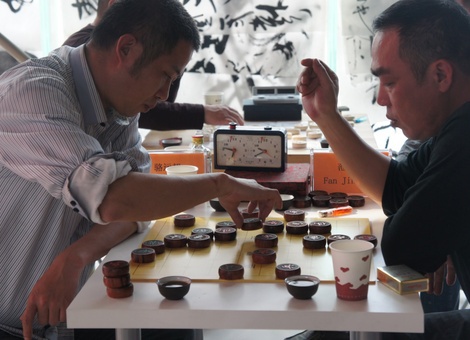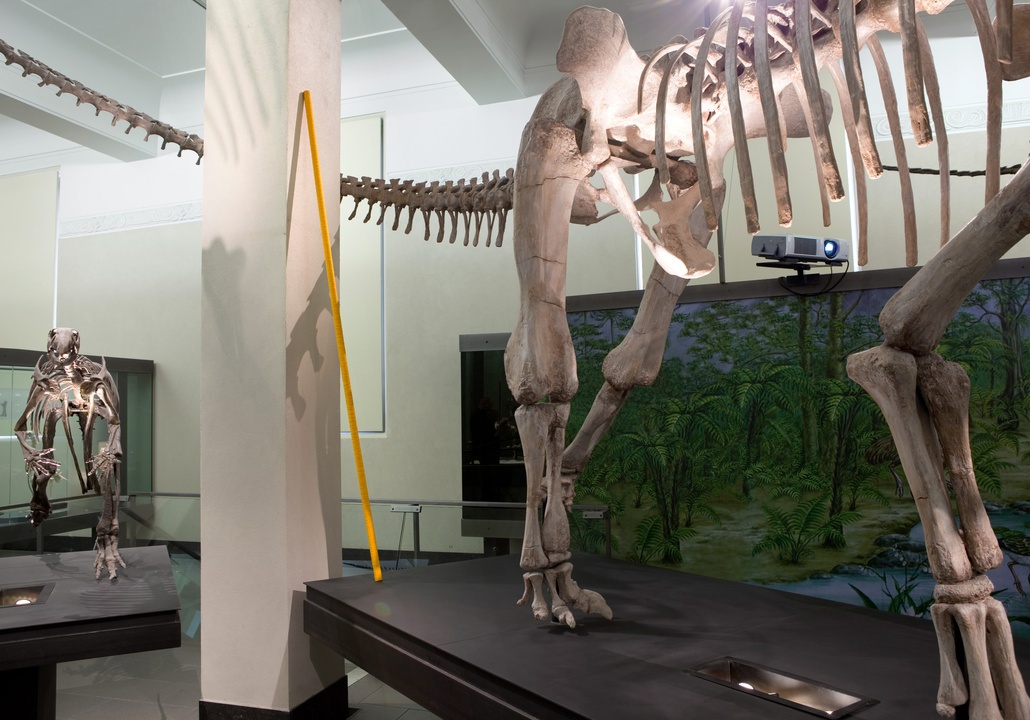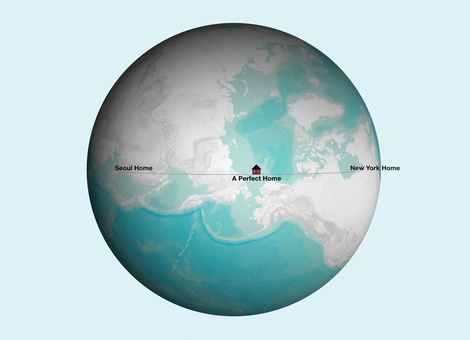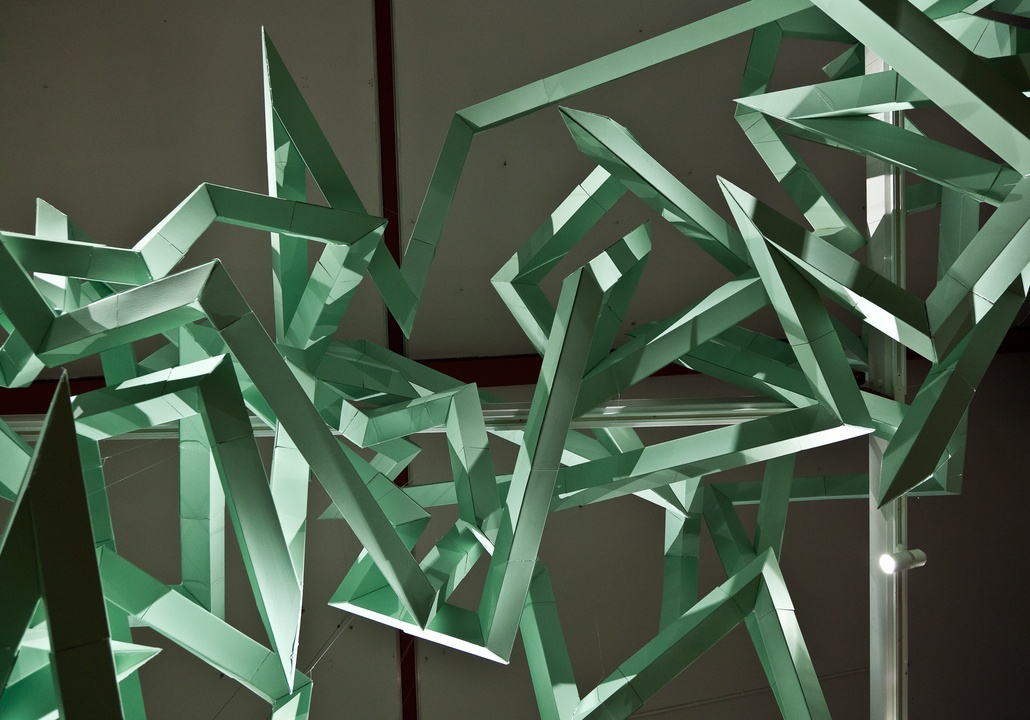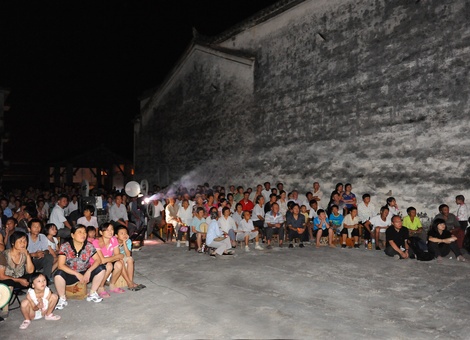Cinthia Marcelle
Venue
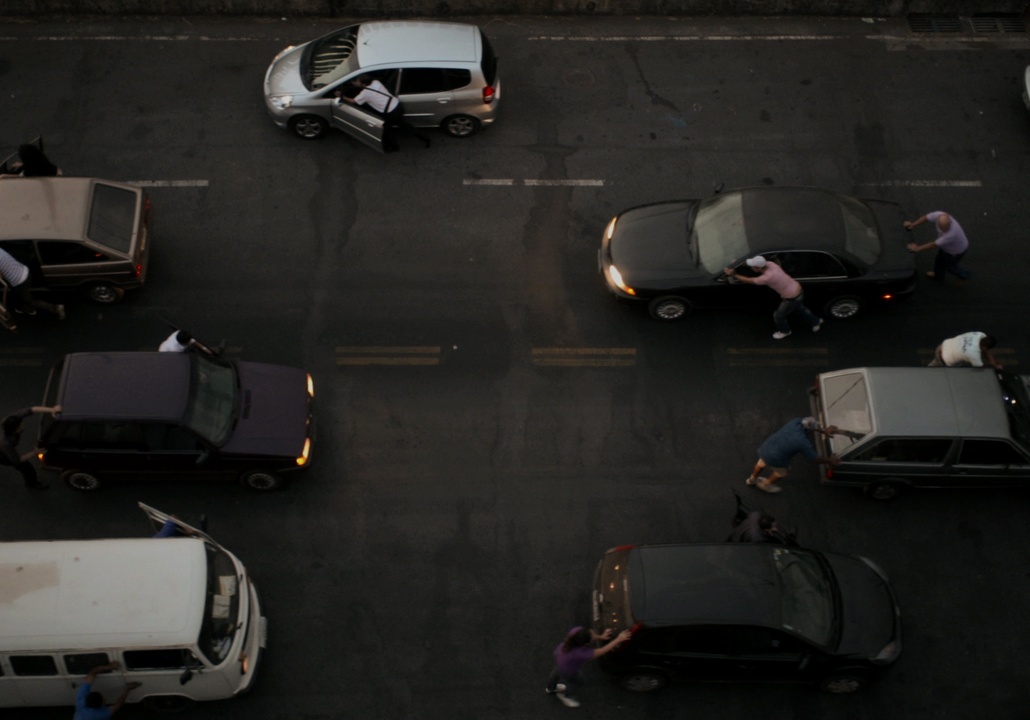
Automóvel (Automobile) 2012 (still)
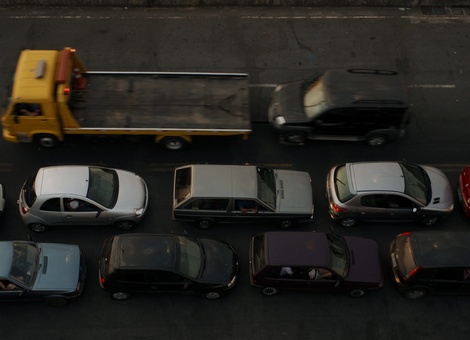
Automóvel (Automobile) 2012 (still)
Born 1974, Belo Horizonte, Brazil
Lives and works in Belo Horizonte, Brazil
Cinthia Marcelle’s video and photography deals with interventions in urban spaces or landscapes and frequently incorporates carefully choreographed, repetitive actions and elements of chaos. These works contain a sense of irony, where the absurd is presented with the appearance of certainty. Paradox is one of the concepts most linked to the performance method used by the artist, along with photography and video.
Marcelle’s videos are often shot from one camera angle and depict actions that appear to be happenstances but which become aesthetic occurrences. Her actions create situations that challenge our notions of conventional behaviour by introducing humorous coincidences and connections.
Selected exhibitions (solo):
Zona Temporária, Centro Cultural Banco do Brasil, Rio de Janeiro, 2013; See for been seen, Pinchuk Art Center, Kiev, 2011; This Same World Over, Foyer Gallery, Camberwell College of Arts, London, 2009; Bolsa Pampulha: Cinthia Marcelle, Museu de Arte da Pampulha, Belo Horizonte, 2004. Selected exhibitions (group): Sharjah Biennial 11, Arabic Emirates, 2013; 2nd New Museum Triennial, New York, 2012; Tate Level 2 Gallery, London, 2012; Dundee Contemporary Art, 2012; 29th São Paulo Biennial, 2010; 9th Lyon Biennale, 2007; 9th Havana Biennial, 2006.
‘Marcelle seems to be making a call to a different kind of mobility... that not only looks forward, but also sideways and back.’
Luisa Duarte, writer and curator, Belo Horizonte
Automóvel (Automobile)
2012
Artspacevideo projection
7:16min
courtesy of the artist, Galeria Vermelho, São Paulo and Sprovieri Gallery, London
